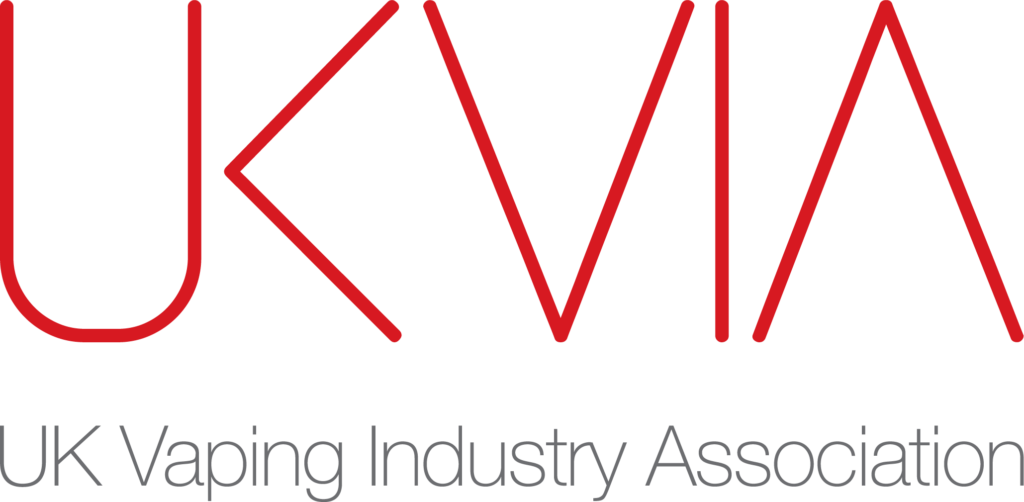By Barnaby Page, ECigIntelligence
At the time we wrote this article, in the middle of April, US President Donald Trump’s trade war against the rest of the world – especially China – was the biggest news story around. It seems unlikely that will have changed much by the time you read these words, although the details may well have shifted…in fact, given Trump’s record, it’s likely that they will.
So what does it mean for the vape and novel nicotine sector?
The biggest impact will, naturally, be felt in the United States and China. Most vape products sold around the world come, of course, from the Chinese city of Shenzhen. These will now be subject to a huge level of tariffs when they arrive in the US, currently totalling 180% on the price paid by the importer to the Chinese exporter (including the tariffs imposed in the previous Trump administration).
And that will mean either a big increase in vape prices for American consumers, or a large quantity of products being imported illegally, without the tariffs paid – or both. (We’re assuming that importers and retailers won’t simply absorb such high tariff levels, which seems immensely unlikely.)
A lot will depend on enforcement. Remember that most vapes sold in the US are technically illegal anyway (because they have not been approved by the Food and Drug Administration, or FDA), so retailers and consumers may not be very worried about breaking the law a bit further. But raids by law enforcement on retailers could change that, and of course more products might be stopped at the American border.
It is not just an American-Chinese issue, though. The vape sector in other countries may well be affected too, in several ways.
If Chinese companies cannot export so much to the US – their biggest market – they will look elsewhere. Of course, some might just leave the vape industry. But others will surely try to increase their exports to other countries, especially in Europe. This could increase competition, and drive prices down. It could also increase the illicit market in Europe.
On the other hand, prices in Europe could also go up. If Chinese companies lose much of their US business, they might try to compensate by raising prices elsewhere. This could also benefit the illicit market. (Are you seeing a pattern here?)
It is also possible that Chinese vape manufacturers might relocate to other countries, to avoid the tariffs. Some countries in Southeast Asia have also been given very high tariffs by Trump (though not as high as China’s), but there are others which are less affected.
It is even possible that some production might be relocated out of east Asia completely, for example to Latin America, Europe, the Middle East or Africa. This would probably have the effect of increasing prices, too, because it is unlikely that production in these countries would immediately be as efficient as it currently is in Shenzhen.
There is also the risk that if Chinese export industry (not just companies in this comparatively small sector) relocates on a large scale, punitive tariffs similar to those currently exacted on China will then be applied by the US to wherever they relocate in order to close the loophole, resulting in a game of economic whack-a-mole.
Whetever happens with Chinese firms, the western Big Tobacco companies might benefit. If Chinese supply to the United States decreases, the US vape industry would not have the resources to meet demand by manufacturing more vapes within the United States – but Big Tobacco would. (And, unlike the Chinese companies, Big Tobacco has products approved by the FDA.)
While seemingly bad news for independents, this could encourage more product innovation by the tobacco companies. Demand for heated tobacco and pouch products as alternatives to vapes could also grow, and again this would encourage product innovation.
Finally, while the biggest trade war so far is between the US and China, it is also possible that other countries might follow the US and impose their own tariffs on Chinese products. This would make the impact on prices, and the choice of manufacturing locations, even more complicated.
In the long term, the outlook is impossible to forecast – like most things related to the current US administration. But in the short term, it would be a mistake to think that the European nicotine sector will be unaffected by the US-Chinese dispute.
ECigIntelligence is the leading provider of detailed global market and regulatory analysis, legal tracking, and quantitative data for the e-cigarette sector worldwide.
We provide our clients with the tools to navigate this fast-moving sector, tailor their business strategy, optimise resources, and make informed decisions. Our global perspective on the international vape sector offers valuable data such as market trends, key players, regulatory obligations and industry dynamics. ECigIntelligence is published by Tamarind Intelligence, which also produces CannIntelligence and TobaccoIntelligence.
For more information please contact info@ECigIntelligence.com, visit www.ECigIntelligence.com.
